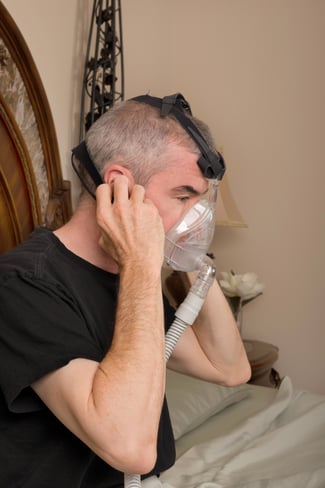 Finding the right mask and air pressure settings are critical to successful CPAP treatment for sleep apnea.
Finding the right mask and air pressure settings are critical to successful CPAP treatment for sleep apnea.
Also important is regular use of this therapy; with consistent application, continuous positive airway pressure, or CPAP, can lead to positive results as soon as the first night of application.
The trick to CPAP success relies upon compliance. CPAP compliance is defined as using your therapy a minimum of 4 hours a night, at least 5 nights a week.
If you don’t attempt to use CPAP to minimum compliance, it can’t work for you. This is why finding the right mask and the most accurate pressure setting are key to compliance.
Your durable medical equipment (DME) specialist exists to provide all the help you need to achieve the best results.
So… if the mask fits, wear it! You will experience potentially life-changing results if you do. But if it doesn’t, it’s probably for one of the following reasons.
Top Ten common problems with CPAP therapy
Below are the Top Ten reasons why people struggle with using CPAP:
1. I can’t get used to using CPAP therapy
This is a very common complaint. Let’s break it down to specific concerns patients express about using CPAP.
I can’t adjust to the feeling of air pressure
Sometimes people feel like the incoming air pressure is too much or not enough, or they feel this way about the air pressure as they exhale.
CPAP machines usually come equipped with a “ramp” feature; this gives you a little bit of allowance for making adjustments for pressure so that you can fall asleep.
If, after attempting to use CPAP for a couple of weeks, you still cannot adjust, you may want to contact your sleep clinic about using a pressure support setting like C-Flex, or switching to a BiPAP or AutoPAP machine; both options can help you solve issues with air pressure for inhale, exhale, or both.
I have claustrophobia or a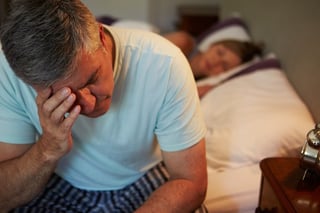 nxiety issues
nxiety issues
Feeling “trapped” inside your mask, or uncomfortable with the headgear and mask touching your face may actually be the result of using the wrong mask style (see below).
Sometimes it's claustrophobia, while other times, the problem stems from anxiety.
Claustrophobia
There are two classic approaches for managing claustrophobia:
-
A nasal pillow has minimal headgear and rests inside the nostrils, creating a minimum amount of contact between the CPAP mask and your face
-
A full-face CPAP mask is also worth considering if you have claustrophobia; despite its larger size, the open space it offers due to its oral-nasal interface allows for oral breathing, which may be more comfortable for someone with claustrophobia.
Anxiety
Approaching CPAP when you have anxiety involves practice in becoming desensitized to this new physical experience. To help yourself with desensitization, try these steps:
-
Practice wearing the mask while it is disconnected and without the tubing. Any time you are relaxed, watching TV, or doing something calming, place the mask on your face until you become acclimated to wearing it.
-
Once acclimated, try using the mask attached with the therapy turned on, but hold the mask to your face, without using the straps. Try to see how long you can go before it no longer bothers you.
-
If you achieve this, try strapping on the headgear—again, while you are awake—and see how long you can go. Keep trying!
-
If you take naps, you might try using your mask then as an opportunity adjust to wearing it for shorter periods.
-
If you are anxious about using it all night long, know this: many patients take a bit of time to adjust. The minimum compliance standards mentioned above make for a good milestone to shoot for. It's much easier to gradually start using it; any period of time you can use the mask at first is considered a success!
-
If you still find yourself feeling anxious, talk to your primary care physician about anti-anxiety drugs, a potential temporary solution to get you through the adjustment period.
Eventually, you will adapt to CPAP. In fact, many thousands of CPAP users swore they would not be able to use their machines and masks at first, but after sticking to their therapy, they are now unwilling to sleep without their CPAP, for one key reason: It works!
2. My mask is the wrong size or style
This is also a common complaint, but it can be fixed. If you find, after a week, it’s not fitting right, it’s perfectly okay to ask for a different option. Some people have two different masks they alternate, as well.
Why Size Matters
-
Too large a mask will lead to leaks in air, which can create discomfort, but it can also lead to less effective therapy. The seal of a mask must be good: not too tight and not too loose.
-
Too small a mask will lead to pressure sores and overall discomfort. Your mask should not feel tight.
Pick your style
The three main kinds of masks offer different options. It’s worth trying them all out to decide what feels “right” for you.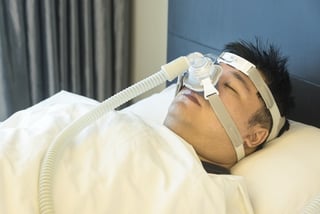
-
Nasal pillows
-
Nasal mask
-
Oral Nasal Mask
Learn more about the different kinds of CPAP masks here.
Another reason a mask may no longer fit may be because of recent weight loss or gain. Facial hair can also break the seal of the mask. Keep these considerations in mind when you trial masks at your sleep clinic. The technologists can help find the right mask for your specific needs. Even among the different styles, there are many shapes to fit a wide variety of facial contours.
3. I wake up and it's no longer on
This happens for a lot of reasons:
- Even with your best intentions, you may have removed it without realizing it.
- The mask may not fit right and falls off.
- If you have a leak that blows air into the eyes, you might take it off unintentionally,
- You may not be using the ramp feature to its fullest. This is a setting that your DME provider can teach you how to use to best maximize comfort at the beginning of the night. It can also be reset in the middle of the night.
- Sometimes it’s the CPAP tubing clustered around your neck or chest; if you toss and turn, it could pull the mask off. Using a mask with headgear that redirects the tubing up and over the head and headboard is useful. You can also use a special CPAP pillow designed to tether the tubing away from where you might tangle with it, so it can't created drag on the mask, cause breaks in the seal, or remove it completely.
What happens if you wake up to find your mask is off? Put it back on, making sure it fits right. If this becomes a problem, call your sleep clinic staff to discuss solutions.
Some people find adding a chin support is a simple way to keep the mask on at night; while a chin support is meant to prevent oral breathing, it can also better secure your mask and prevent it from being removed or falling off.
4. I have a dry, stuffy nose or dry mouth
This happens because you may not be using the humidification setting appropriately. Using warm, moist air can take care of most problems with dryness. All CPAP machines come equipped with these options. If you are struggling to use the humidifier, ask your DME provider for help.
If you have dry mouth only, you may want to consider that you may be oral breathing. Breathing through your mouth as you sleep can result in dry mouth and will make your therapy less effective (as breathing through the mouth "breaks" the pressure seal). Usually a chin support can help with this.
5. My mask leaks
As described under mask size and fit (above), leaks in a mask render your therapy less effective. Leaks could happen in the seal or in the tubing. You may also have worn-out headgear that needs replacement. You will want to replenish your CPAP supplies on a regular basis to ensure you have the best fit at all times.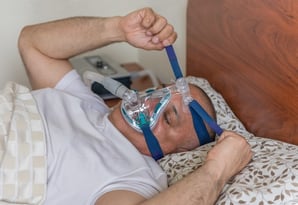
6. I have skin irritation or pressure sores
A few people do experience sensitivities to the materials the masks are made of, though this is rare. Most masks are made from hospital-grade, non-allergenic materials and are safe for even the most sensitive skin.
Most irritation comes from a poor fitting mask, which means you might try a different style that better fits your face.
Tightening down the headgear can lead to pressure sores as well. Masks should fit right on the surface of the face and should not fit tightly.
7. I struggle to fall asleep
It can be challenging to fall asleep right away with PAP therapy, especially when you were able to fall asleep easily before.
It takes the brain a little time to adjust to the addition of air pressure, and that means you might remain awake longer initially. But after 15 or 20 minutes, you should be able to fall into a calm breathing pattern, and your brain will adjust and let you relax into sleep.
8. I can’t adjust to the noise
Most CPAP machines are extremely quiet these days, so this is hardly a problem anymore. Perhaps the only sound you might notice is your exhale, but even that sound will be rather soft.
Here's a solution: Some people run a “white noise” machine while they first use CPAP to help “scatter” sound, making it a part of the background so the brain can quiet itself and allow you to fall asleep.
However, some people have found the sound of breathing through a CPAP mask to have a similar effect as a “white noise” machine; it gives them something to focus on in a meditative way, and this can lead to relaxation and sleep as well.
9. I swallow air
When a pressure setting is too high, you can experience something called aerophagia. This is when you are taking on too much pressure and swallow air. It can leave you feeling gassy or bloated or uncomfortably full. If you have this experience, report it to your sleep clinic right away so they can make adjustments to your pressure settings.
10. I dread the idea of wearing it every single night, for life
What you feel is entirely normal. It is the same feeling others have when they have to adjust to daily injections or inhalers for other health problems.
The fact is, your CPAP device is a prescribed therapy. While it’s not a medication, it does prescribe a specific air pressure setting using a specific air pressure delivery system, which makes it a mechanical therapy as opposed to a drug therapy. And it’s prescribed because you have a legitimate, chronic health problem that requires treatment.
Any time you get frustrated, think about what would happen if you didn’t treat your sleep apnea.
Ultimately, most users come to want to use PAP therapy because it makes them feel better and other health problems can diminish or go away entirely, because of it.
At the very least, you will become used to it. But it will require consistent use to get there.
 What about my partner?
What about my partner?
Pressure from loved ones to quit CPAP is not unheard of from sleep apnea patients. Bed partners may complain about snoring but may not be happy that a CPAP machine has become the solution.
They need to know that CPAP is a therapy meant to help you overcome chronic sleep-breathing problems, which set the stage for major illnesses like diabetes, heart disease, and cancer; the dangers of untreated sleep apnea are too great to ignore.
Once they understand that the mask and machine are a therapy meant to save your life, they should come around.
It's recommended that family members and/or bed partners visit the sleep clinic with the patient to go over therapies; this keeps everyone on the same page regarding the reason for and compliant use of CPAP therapy.
If you are having problems with your mask or machine in any way, you are encouraged to ask for help from your sleep clinic to isolate the problem and correct it. Most issues with mask fit or performance are pretty easy to fix. Other challenges may take more teamwork between you and the sleep clinic team, but together you will find the help you need to make CPAP work for you.
Sleep Resolutions works directly with Knight Time Medical—right inside our sleep clinics—to ensure that our patients have the best possible chance of finding success using CPAP. You can breathe easier knowing our sleep technologists and DME staff are well trained to guide you through mask selection, fitting, and use of CPAP to overcome your sleep apnea challenges.


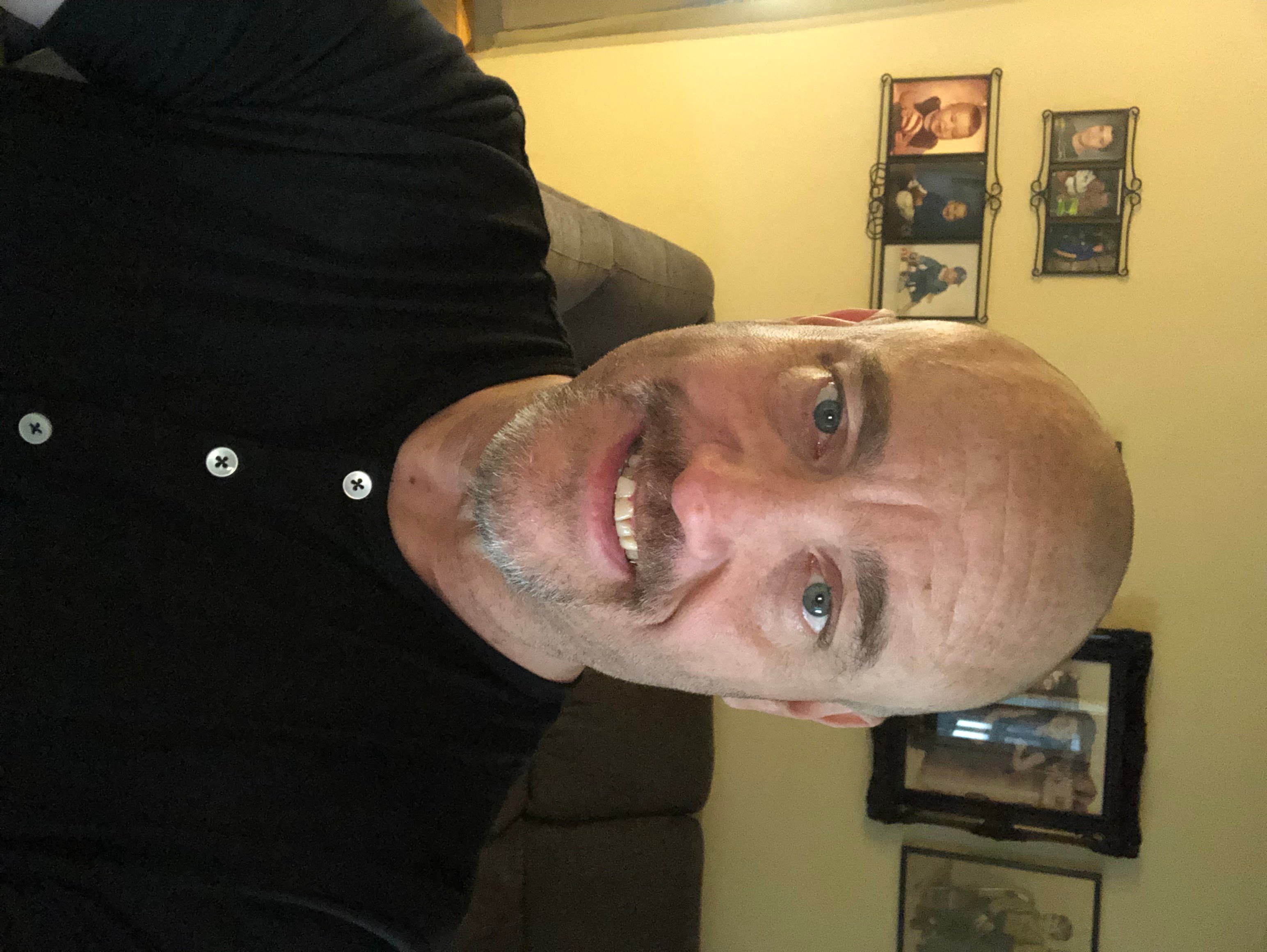

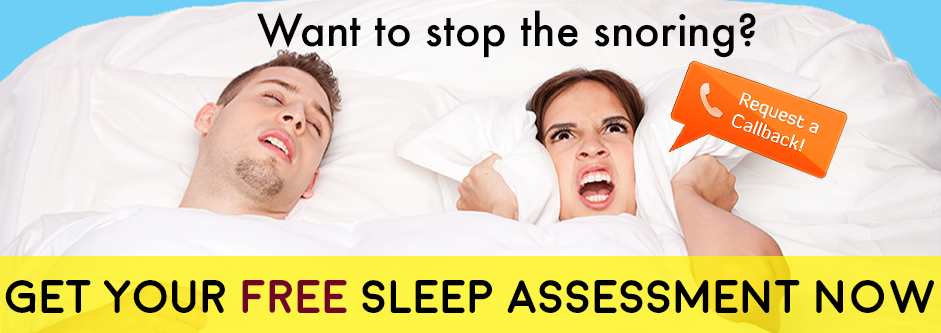






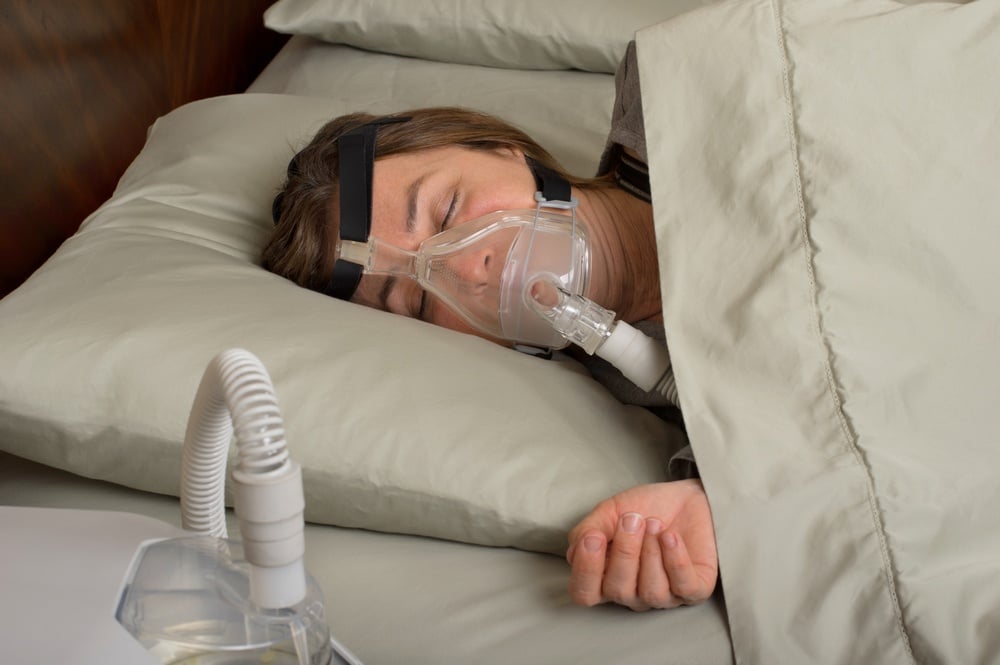

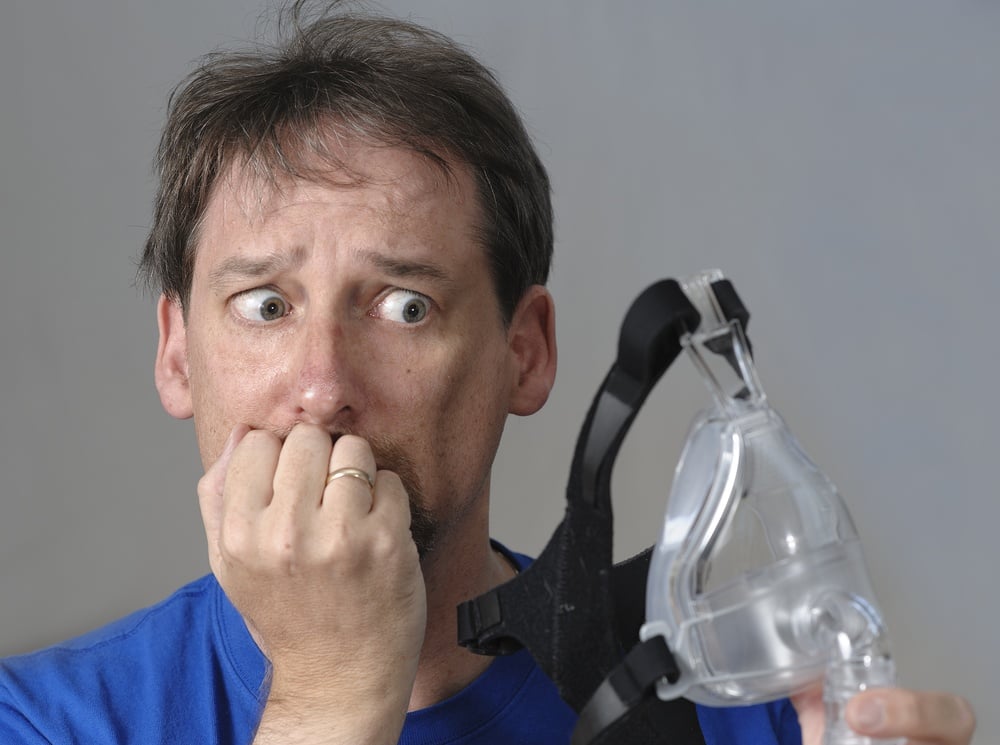
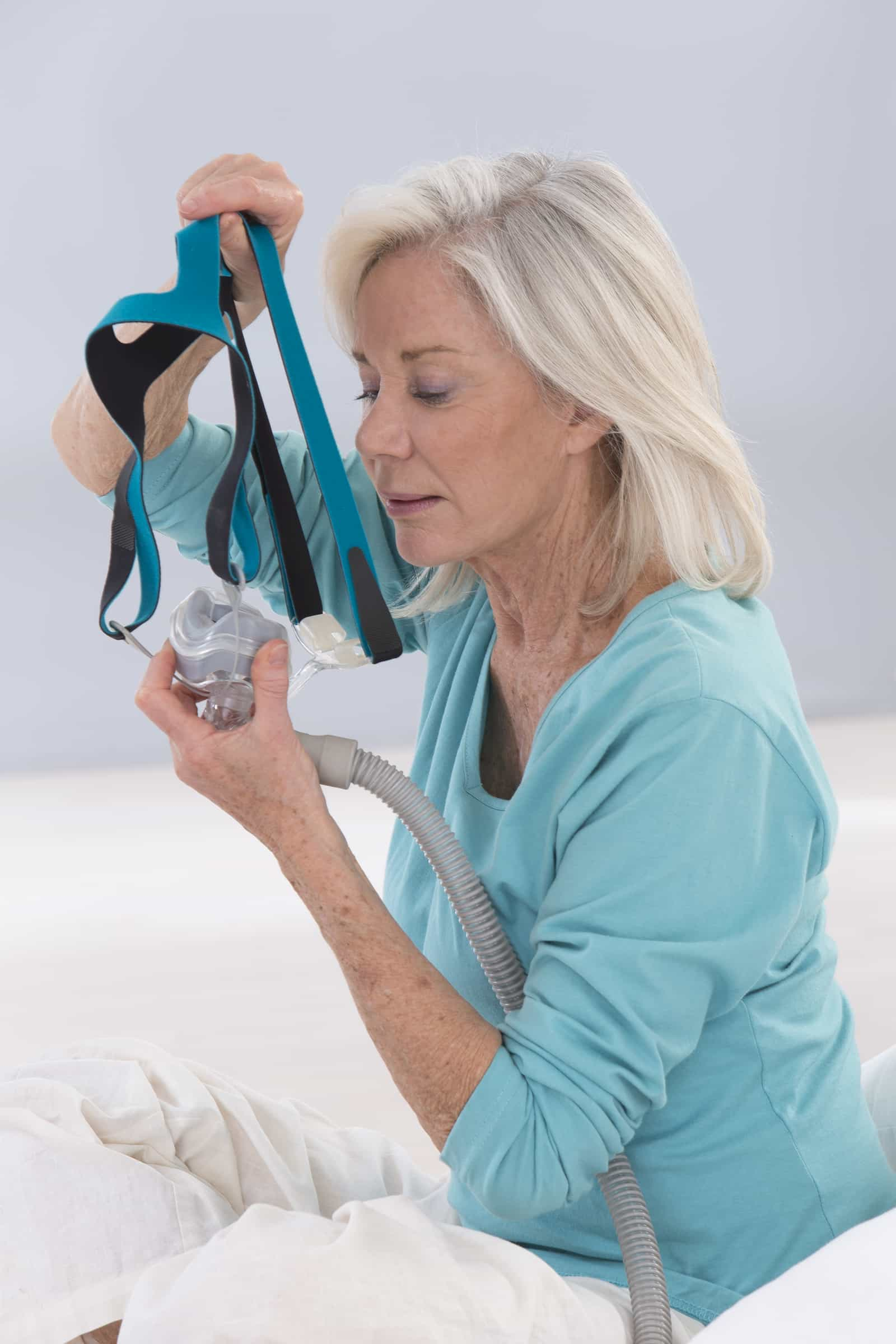
Leave a comment